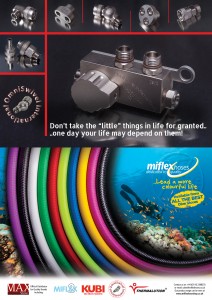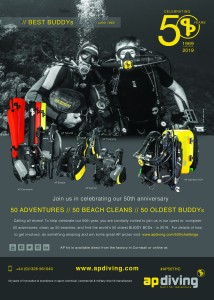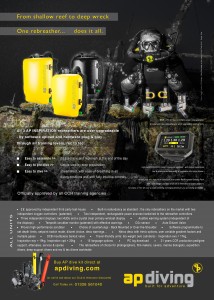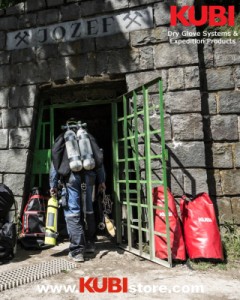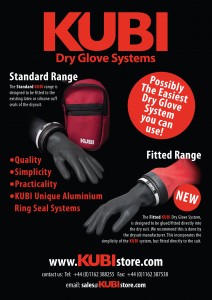DICTIONARY OF EGYPTIAN SHIPWRECKS F
DICTIONARY OF EGYPTIAN SHIPWRECKS- F
FURTHER DETAILS CAN BE DOWNLOADED FROM
www.KUBIstore.com & www.Miflexhoseshop.co.uk
RORO FARAH11
|
|
The Farah II was a 2866 GRT Roll-On/Roll-Off (RO/RO) passenger ferry built at Aalborg Skipsværft A / S, Aalborg, Denmark as the Prinsessan Margaretha for Swedish Rederi Ab Göteborg-Frederikshavn Linjen (The Sessan Line). completed 22 March 1963.She was 91.3 mtrs x 17.2 x 4.3mtrs, She was fitted with twin 6-cylinder Nohad-Polar Type M-66-T diesel engines giving her a speed of 16-18 knots. She could accommodate 1034 passengers, 140 automobiles and 10 trucks.
The ship was placed in service on the Gothenburg-Frederikshavn, Sweden route from 1963 until being sold to Oy Vaasa – Umeå Ab, Vaasa, Finland in early December 1968. In 1970, the ship was renamed the Polar Express. After a refit she was placed in service on the Vaasa-Umeå, Sweden route then the Vaasa-Sundsvall, Sweden route . She continued to ply familiar waters –until in 1982, the Polar Express is sold to Oy Jakob Lines Ltd, Pietarsaari, Finland, placed on the Peitersaari-Skellefteå service route until being sold again in1984 to the Gulf Star Shipping Co., WLL, Kuwait City, Kuwait where she was renamed the AL Faris 3.
The AL Faris 3 provided ferry service between Sharjah, UAE and Bandar-Abbas, Iran .Tthe ship was sold again to Mahmoud Abel H Sadeg, Sharjah, UAE, and then again in 1985 to Marine Right Sa, Panama and renamed the Farah II.
As the Farah II, the ship provided ferry services between Aqaba, Jordan and Suez, Egypt until December of 1985 when the ship’s route was changed to the Aqaba, Jordan-Port Sultan Quaboos, Muscat, Oman route.
On 06 March 1986, the ship was birthed at Nuweiba, with passengers and crew onboard when a fire broke out in the crew accommodation area. Fire fighting efforts were unable to contain the fire which then spread to the upper accommodation areas and bridge. The passengers and crew evacuated the burning ship. The ship continued to burn out of control for the next few days. As a result of fire fighting accumulating in the bilge areas, the ship took on a pronounced starboard list. A decision was made on 08 or 09 March to tow the ship out of the harbour away from other vessels in port. Once outside of the harbour, with the Farah II still in flames, the ship drifted south towards the Myserique area and finally sank on 09 March 1986
S.S. FULICA
The vessel’s sole owner was Porteous & Senier, of London. With L. O. Moen serving as her captain thru 1878/79 . T. Young thereafter. The Mercantile Navy List (‘MNL’) of 1880 lists Gilbert Porteous of London as her then presumably managing owner. Built by Mounsey and Forster in 1878 at South dock Sunderland 256.3 ft. long 34 ft beam. 23 ft draught. signal letters RHWB, 170 HP, 2cy 33” x 62 “ engines by Blair & Co. Limited, of Stockton.In 1879 Fulica went aground in fog at New York & cracked her shaft. In early Feb. 1880, the vessel was en route from Penarth, Wales, to Aden with a cargo of coal. On Feb. 11, 1880, the vessel was in collision with Eden (see below) when in the straits of Gubal, Gulf of Suez, 2 miles off the Ashrafi Lighthouse. Fulica sank as a result of the collision but fortunately no lives were lost. Eden, badly damaged, made its way safely to Suez. As per this contemporary newspaper cutting. It would seem that a couple of court cases resulted. In an earlier case referred to in this decision it indicates that Fulica had been found in such case to be solely responsible for the collision. Eden? A 1446 gross (933 net) ton steamship, built by W. Gray & Co. at West Hartlepool in 1879, owned in 1880 by Robert Ropner of West Hartlepool, ON 81503. Eden had left Newport, Wales, on Jan 7, 1880 for Aden with a cargo of J. Cory & Son coal, under the command of captain Wilkinson. It clearly survived the encounter.
The wreck was found by Red Sea Exploreres owner Fiesel Khalaf and his team in 2018, reporting th wreck upright in 73 mtrs. With most of the hull remaining.
The loss of the S.S.FULICA
“Between 4.15 and 430am on the 11th Feb, last the Fulica with a crew of 25 hands on a voyage from Cardiff to Aden with a cargo of coal was in the Red Sea off Ashrafi Light. The wind at the time was about SW blowing a light breeze. The night was fine and clear but dark. The Fulica was proceeding under steam steering a course SE by S, making 9knots an hour. At this time the Eden which for a long time had been following the Fulica was observed at a distance of half a mile bearing on the port bow, and showing her mast and green lights.
At about 4.30, the revolving lights of Ashrafi which was bearing broad on the Fulica’s bow, appearing to be somewhat too near, the helm of the Fulica was starboarded to keep her clear of the land and then her helm was steadied, and when the light was abaft the beam the helm was ported.
The Eden overhauled the Fulica and came upon the port side of her and was then loudly hailed to starboard her helm, the helm of the Fulica being put hard a port, and her engines stopped, but the Eden with her stem and starboard bow struck the Fulica abaft the forerigging and sank her in a few minutes”
The entire crew were rescued and taken on board the Eden. The court of enquiry deemed the Fulica to be solely to blame for the collision,
M.V. FATIMA
A 387 TON Lebenese dry cargo motor vessel built in 1958, the MV Fatema was on a voyage from Iskenderun to Alexandria with a cargo of lentils when she foundered in heavy weather on the 31st July 1981
THE FRENCH WRECK
Very little is known about this wreck, it may indeed be recorded elsewhere in this chapter. It is best described as an “armed Rosalie Moller. She is an old cargo ship about 300ft long, severely damaged amidships suggesting a torpedo hit or large bomb. Guns are mounted for and aft. She has a raised stern and f’o’csle. She appears to have 4 holds and twin props although these would appear to have been removed. There are two boilers feeding the triple expansion engine With the exception of some machine parts there is little sign of any cargo. Some items indicating French pharmaceuticals “PHARMACY DU FRANCE”. The crews quarters appear to be towards the stern where there are several heads behind the gun deck. The bridge and engine house have collapsed and are partially submerged in to the sand. The general depth of the wreck is 32 mtrs and she is surrounded by huge shoals of fish. However there are two dangerous aspects of this wreck. She is covered in monofilament line and lies right in the fairway of Alexandria’s west harbour!(One of the few worthwhile wrecks we were taken too on the expedition-and one of the hairiest locations I’ve ever dived! PC)
H.M.S. FIONA
The HMS Fiona was originally built as the Juna in 1927 by Swan Hunter WR, Low Walker (Yard No. 1230) for the British India Company. The ship was launched 16 May 1927 and completed on 16 June. She was a Passenger/Cargo vessel of 2190 GRT, 85.3 meters in length, and 13.3 meters in beam, and 6.8 meters in draught, with a cruising speed of 11 or 13 knots. Propulsion machinery was 2 North-Eastern Marine SE cylindrical boilers (200 PSI) and a single shaft reciprocating VTE, IHP 1,250.
Requisitioned by the British Navy 31 August 1939 and redesignated a RVRN Armed Boarding Vessel/Convoy Service Ship in 1940 after being defensively armed at Caledon, Dundee. Defensive weapons were 2×4 (2×1), 1 x 12 pdr AA, and 4x .303 AA guns.
Attacked by possibly 7 German dive bombers on 18 april 1941 approximately 50 miles northwest of Sidi Barrani.
